Are you passionate about preserving and protecting wildlife? Have you ever wondered how you can improve your local ecosystem right from your own backyard? Look no further than a Certified Wildlife Habitat. A Certified Wildlife Habitat is a designation given to yards, gardens, and other properties that meet specific criteria for providing essential resources to support wildlife. By certifying your home, you can create a haven for animals, birds, insects, and other creatures while enjoying the benefits of coexisting with nature.
But what are the pros and cons of Certified Wildlife Habitat, and how can you certify your home if you decide to? Whether you live in a house in Duluth, MN, or a rental home in Wilmington, NC, read on to learn everything you need to know about certification and how you can help the world get greener one habitat at a time.
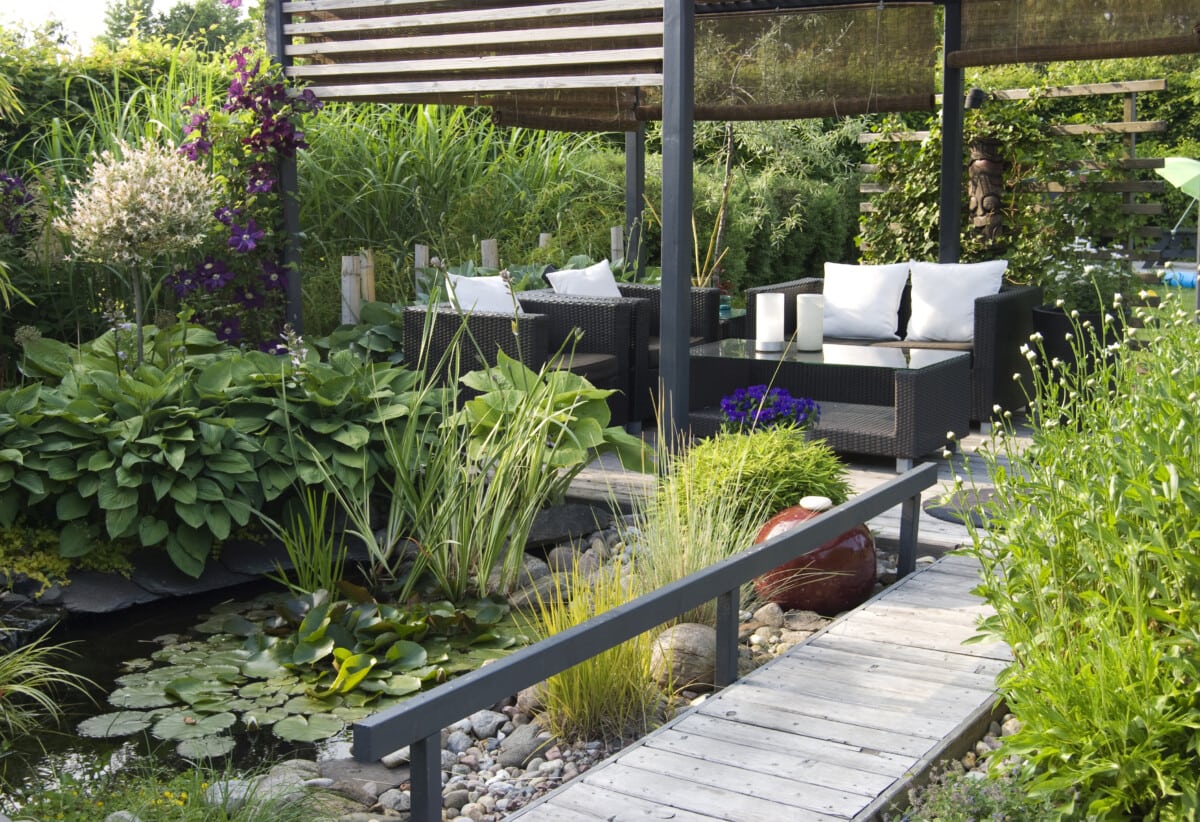
What is a Certified Wildlife Habitat?
The Certified Wildlife Habitat program is a sustainability program run by the National Wildlife Federation (NWF) nonprofit and is part of NWF’s broader Garden for Wildlife movement. The program encourages homeowners, renters, schools, groups, and businesses to maintain outdoor environments that support healthy wildlife. Participants in the program create natural spaces that provide wildlife with four essential elements needed for survival: food, water, cover, and a place to raise young.
Other certification programs
The Certified Wildlife Habitat program is the largest home certification program in the US. However, there are many other local, regional, and species-specific programs that some states and nonprofits offer, such as Habitat at Home, Certified Backyard Habitat, Monarch Waystation Program, and even community-wide certifications. These programs encourage residents to create and maintain wildlife-friendly spaces, but all have different requirements and fees.
Renovating your home?
Find out what your home's worth, edit facts, and see the impact of home projects.
How to create a Certified Wildlife Habitat at home
Renovating your home?
Creating a Certified Wildlife Habitat involves providing wildlife with the four essential elements they need to survive:
1. Provide food
A Certified Wildlife Habitat needs three sources of food, supplemental feeders, or a combination of both. Food for wildlife can come from a variety of sources, including native plants, seeds, berries, nectar, and other types of vegetation.
2. Supply water
Water is essential to survive and helps animals thrive. Your outdoor area must contain at least one source of clean water, such as a pond, stream, bird bath, or water garden.
3. Create cover
Wildlife need places to hide in order to feel safe from people, predators, and bad weather. This cover can come in many forms, including wooded areas, shrubs, thickets, prairies, wetlands, rock piles, or bird houses. Your habitat must contain at least two places for animals to hide.
4. Provide places to raise young
Many species need specific habitat features to breed successfully and raise young. For example, some types of birds need a certain variety of tree or shrub to nest in, while some amphibians need ponds or wetlands. Providing these habitat features can help wildlife populations thrive. A Certified Wildlife Habitat requires two places to raise young.
5. Practice sustainable gardening
In addition to providing four necessities, it’s essential to use sustainable practices in your Certified Wildlife Habitat. This can include things like composting, mulching, using rain barrels to collect water, reducing lawn areas, controlling exotic species, and eliminating chemical pesticides. Your habitat must employ two of these practices to receive a certification.
A balanced Certified Wildlife Habitat should also include 50-70% native plants, which should provide multi-season bloom and be free of dangerous chemicals, such as insecticides.
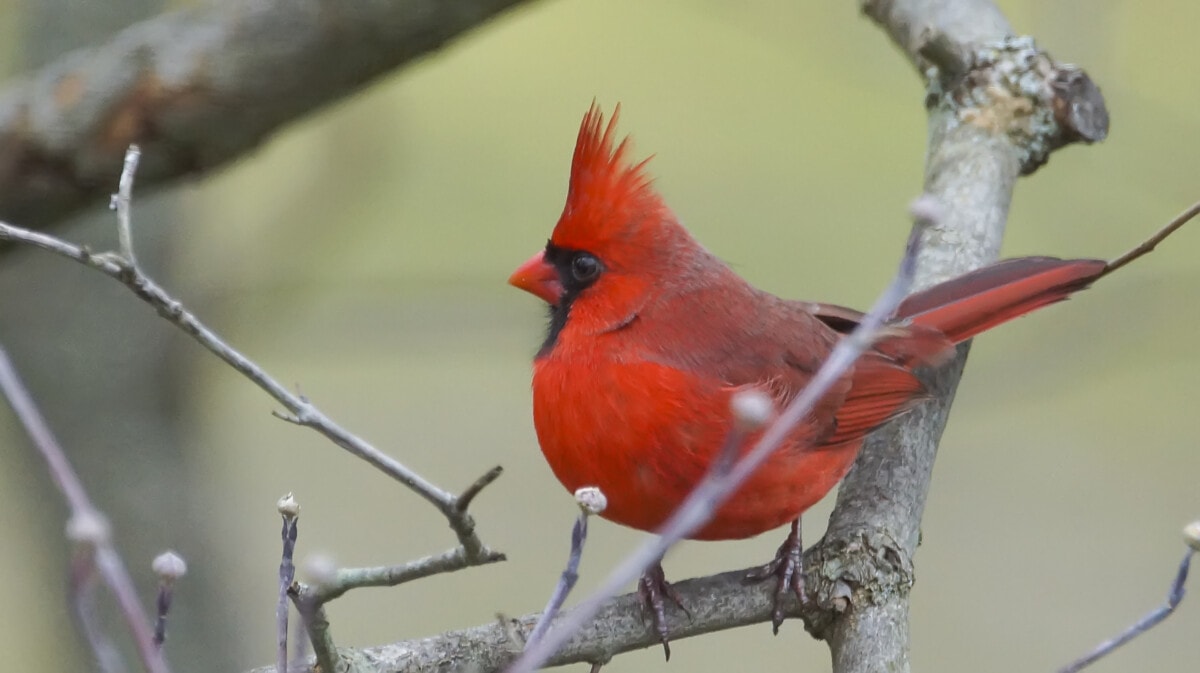
How to apply for certification
Once you’ve met these requirements, you can apply for certification on the NWF’s website. Anybody can apply, including homeowners and renters. This involves filling out an application and paying a fee. If your habitat is approved, you’ll receive a certificate and can display a sign saying that your property is a Certified Wildlife Habitat.
Remember that the specific requirements can vary somewhat depending on where you live and the specific wildlife in your area. It’s always a good idea to research local wildlife and native plants to ensure that your habitat is as beneficial as possible.
How much does certification cost?
The application fee to certify a wildlife habitat with the National Wildlife Federation is $20. This fee supports the National Wildlife Federation’s programs, including efforts to address the issues leading to declining habitat for wildlife nationwide. A portion of the fee also goes towards supporting work for local wildlife in select affiliate partner states.
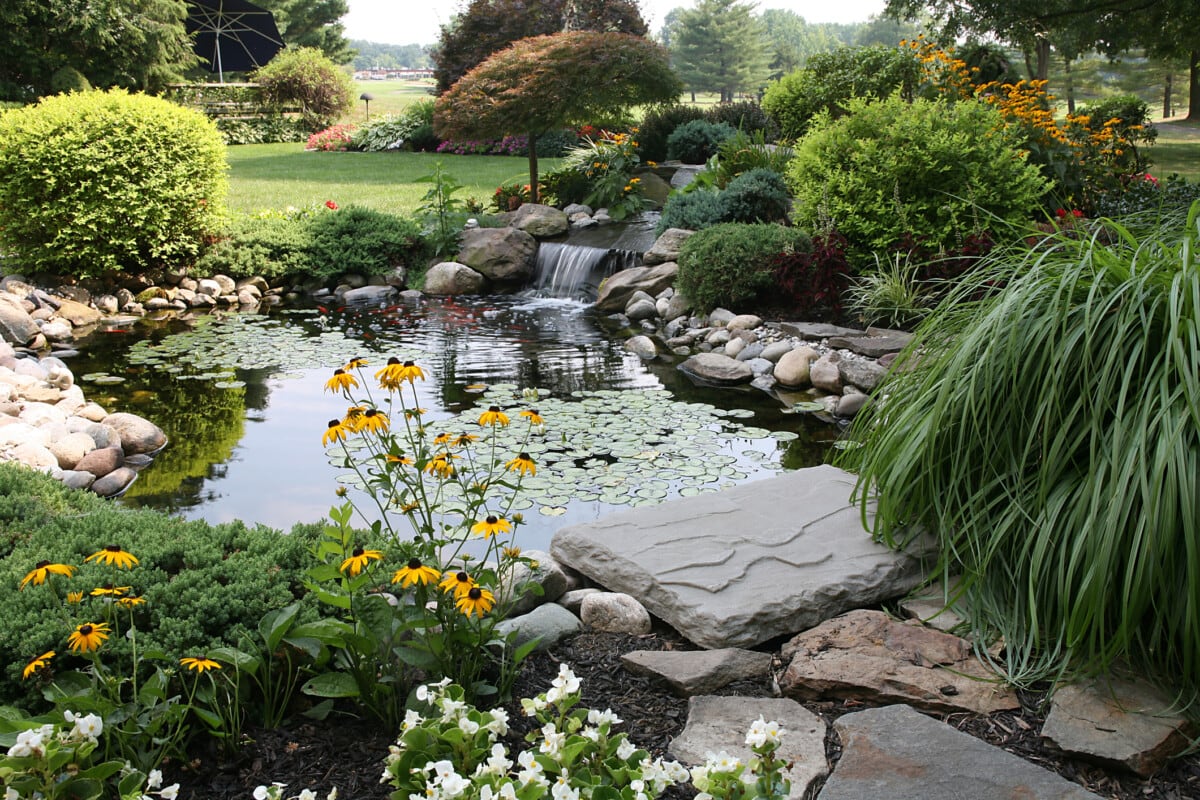
Pros and cons of having a Certified Wildlife Habitat
Creating a Certified Wildlife Habitat can have tremendous benefits and is generally a beneficial option. However, like any project, it also comes with some challenges. Pros and cons vary widely depending on where you live and your situation, but here are some general aspects to consider.
Pros
- Improved biodiversity: Creating a wildlife habitat can increase the biodiversity in your yard, attracting a variety of birds, insects, and other animals. This can make your yard more interesting and enjoyable, and help reduce your carbon footprint at home.
- Education: Having a certified wildlife habitat can be a great educational tool, especially for children. It provides an opportunity to learn about different species, ecosystems, and the importance of conservation.
- Environmental impact: These habitats can have a positive environmental impact by providing essential resources for wildlife. This is especially important in urban and suburban areas, where natural habitats may be scarce.
- Supports pollinators: Many wildlife habitats are designed to attract pollinators like bees and butterflies, which are important for the health of many plant species.
- Incentivizes sustainable practices: Creating a wildlife habitat often involves implementing sustainable gardening practices, which can be beneficial for the environment as a whole.
Cons
- Increased maintenance: Creating and maintaining a wildlife habitat can require a significant amount of time and effort. This can include tasks like planting and caring for native plants, maintaining water sources, and ensuring the habitat remains safe and beneficial for wildlife for an indefinite period.
- Potential for pests: Attracting wildlife can sometimes mean attracting unwanted pests. For example, some types of bird feeders can attract rodents and scavenging birds. Additionally, some wildlife can become nuisances if populations get too large.
- Higher costs: There can be costs associated with creating and maintaining a wildlife habitat, including the cost of plants, water features, bird houses, and other habitat features. There is also a small certification fee.
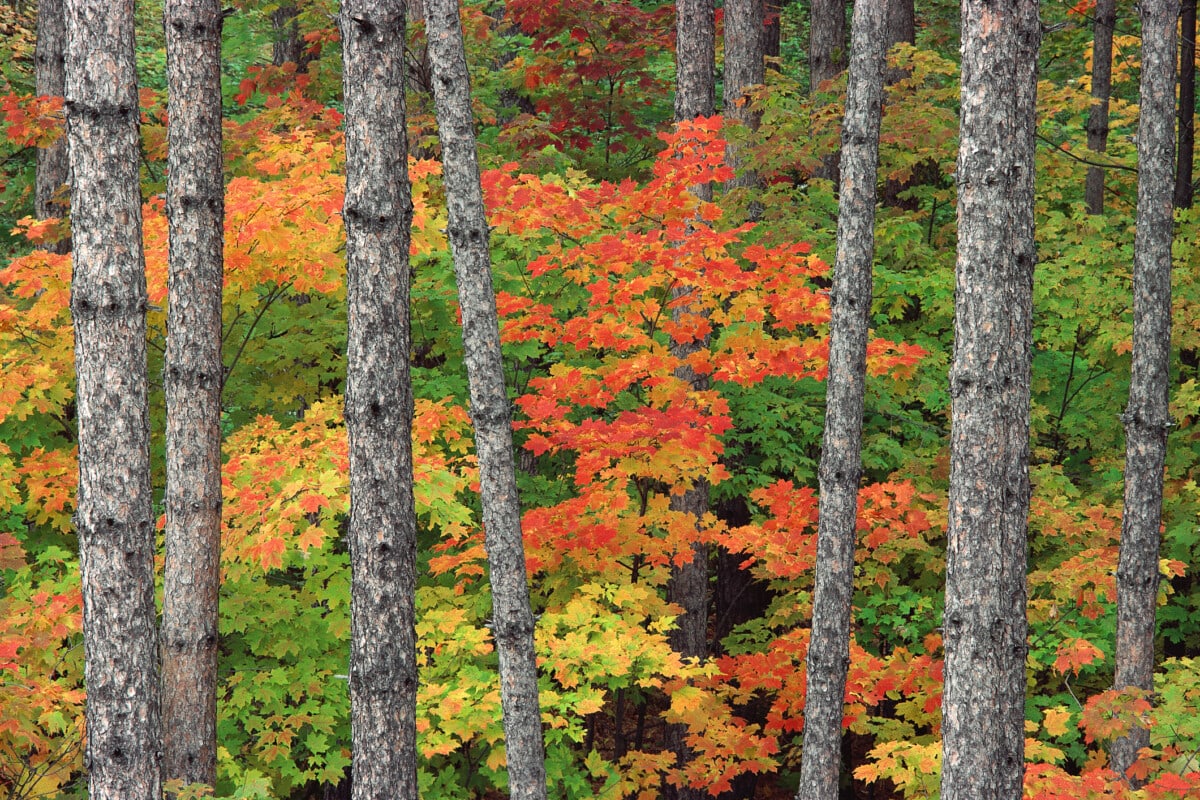
Looking to save money on your mortgage?
Final thoughts
The Certified Wildlife Habitat program provides a structured way for individuals, schools, businesses, and communities to build a sustainable future by creating and maintaining habitats that support wildlife. The program is a valuable initiative that can empower homeowners and communities to play a role in wildlife conservation. It can also make a meaningful difference in supporting wildlife populations, especially in urban and suburban areas where natural habitats can be scarce.



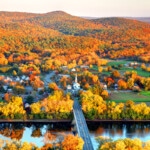






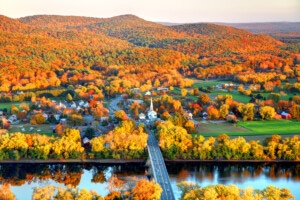








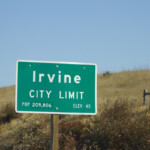







 United States
United States Canada
Canada